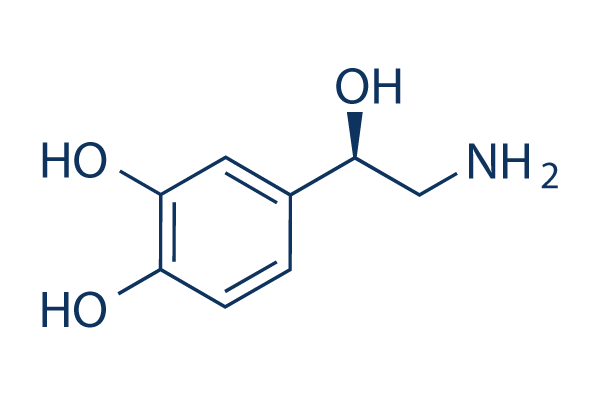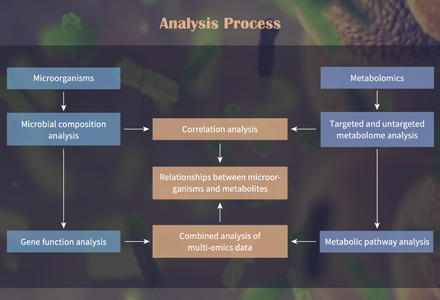Norepinephrine is a neurotransmitter of the peripheral and central nervous system, synthesized and secreted by sympathetic postganglionic neurons and by noradrenergic neurons in the brain, being the main transmitter released by the latter. It belongs to the catecholamine class in terms of its chemical structure. Changes in plasma concentrations of catecholamines (including epinephrine, norepinephrine E and dopamine) and their metabolites (metanephrine, noradrenaline and 3-methoxytyramine) are relevant to many pathological processes. Excessive levels can trigger hypertension and myocardial infarction, and low levels can lead to hypotension.

Norepinephrine is metabolized to 3-methoxy-4-hydroxymandelic acid and 3-methoxy-4-hydroxyphenylglycol (MHPG) by the enzymes monoamine oxidase and catechol-o-methyltransferase. The main metabolite in blood and urine is MHPG. determination of norepinephrine, other catecholamines and their metabolites in serum and urine is useful for studies on disease mechanisms and development.
Creative Proteomics uses liquid chromatography-mass spectrometry (LC-MS) technology to efficiently and accurately detect changes in norepinephrine levels. We can also provide custom services to analyze epinephrine (Ad or E) as well as other neurotransmitters to meet your different needs.
Service Workflow
Liquid chromatography-triple quadrupole tandem mass spectrometry has been used for the quantitative determination of norepinephrine and related metabolites in body fluid samples.
The matrix complexity of plasma samples requires extraction and enrichment of norepinephrine in plasma samples prior to assay. Solid-phase extraction pretreatment methods are widely used for the pretreatment of plasma samples, and for the extraction and enrichment of metanephrine most hydrophilic and ester-balanced columns, weak cation exchange columns and strong ion exchange columns in mixed mode are used. After extraction and separation by solid phase extraction, the samples are then quantified using liquid chromatography separation as well as tandem mass spectrometry in multiple ion reaction monitoring scan mode. The use of isotope internal standards reduces or avoids matrix-induced enhancement or suppression effects in mass spectrometry.

Sample Preparation
- Animal and clinical tissue samples: 50mg/sample
- Blood samples (serum, plasma and whole blood): 50ul/sample
- Sample storage and transportation: Store in liquid nitrogen or -80°C, and transport on dry ice.
Delivery
- Comprehensive experimental procedure
- Chromatography and Mass Spectrometry Instrumentation Parameters
- Chromatography and mass spectrometry raw images
- Qualitative and quantitative data reporting
- Customized analysis report
Creative Proteomics is committed to providing you with more competitive analysis costs and rapid analysis technical methods to meet your high-throughput and high-sensitivity detection needs. If you would like to analyze other substances or learn more, please contact us.
For Research Use Only. Not for use in diagnostic procedures.









